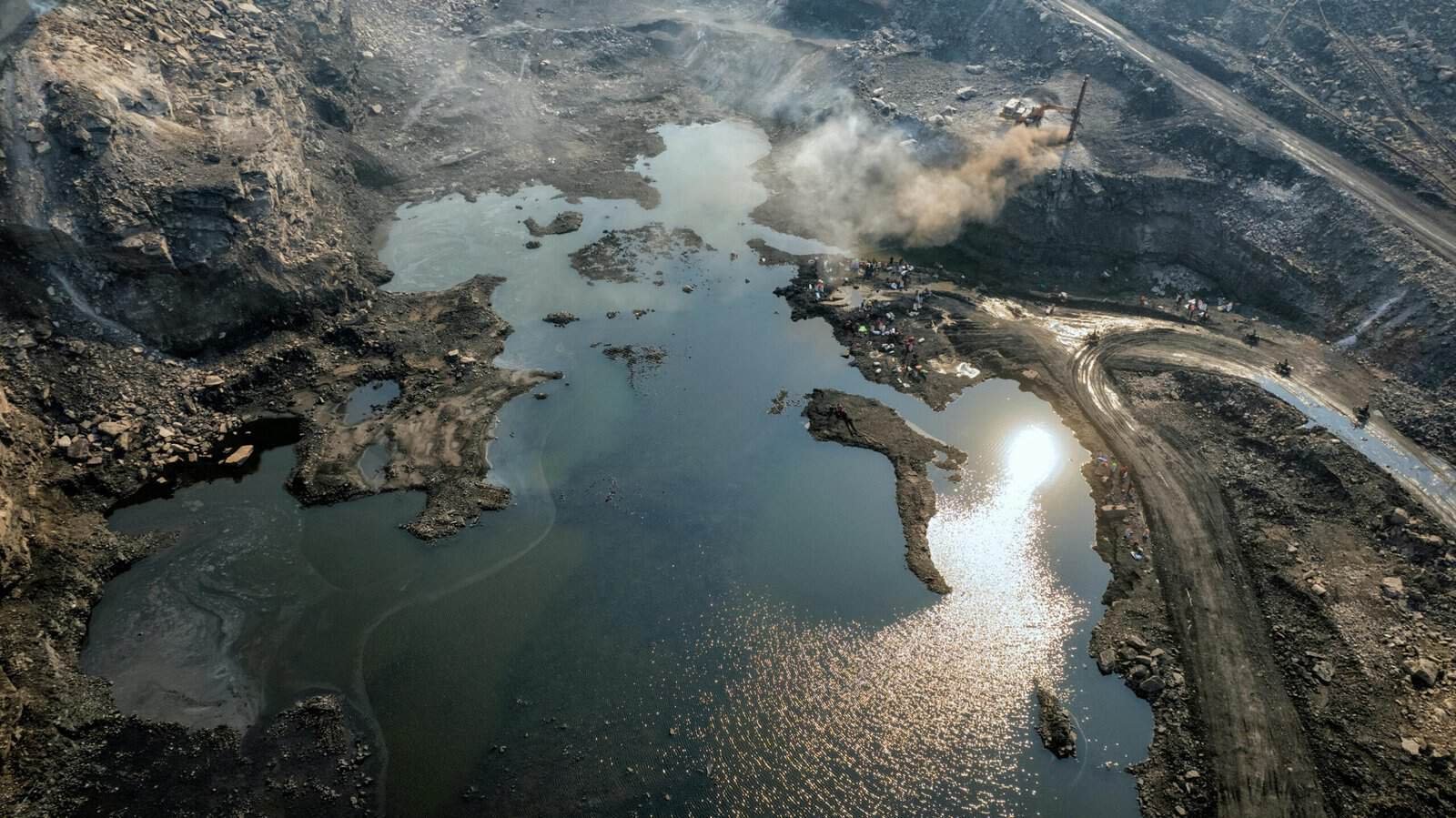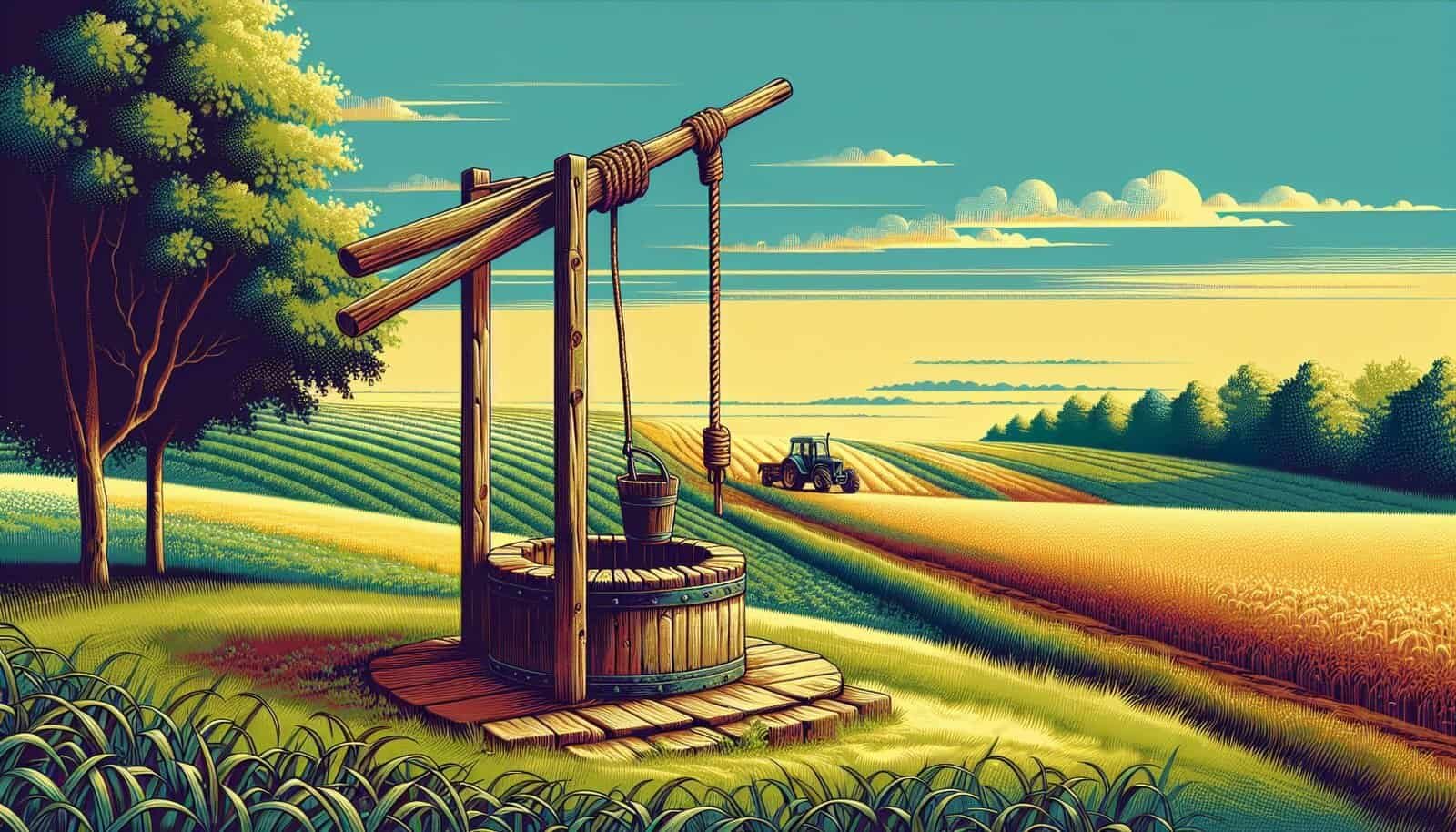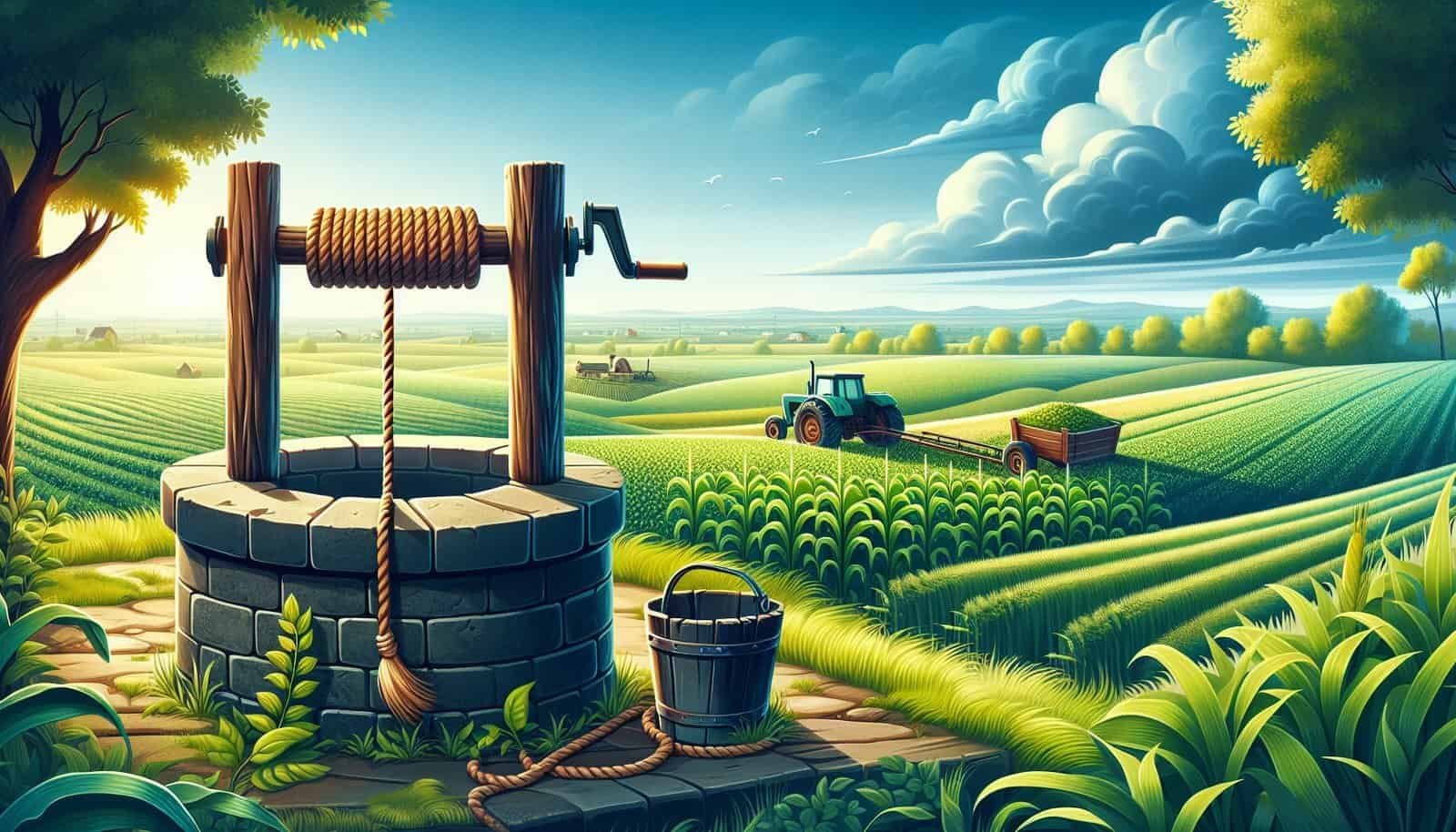Is your well at risk from nearby agricultural activities? It’s a vital question, isn’t it? Understanding the potential impact of agricultural activities on your water supply is crucial for ensuring your health and safety. Groundwater, the source of well water, can be significantly affected by what happens on the land surface, so recognizing the risks and taking preventive measures can save you from various health issues. Let’s embark on a journey of awareness and understanding to ensure you have the best possible information regarding your water safety.
Understanding Groundwater and Wells
Before diving into the specifics of how agriculture can affect your well, it’s beneficial to understand what groundwater is, as well as how wells function. Groundwater is essentially the water located beneath the Earth’s surface in soil pore spaces and in the fractures of rock formations. This water source is pivotal as it feeds your well.
What is Groundwater?
Groundwater is a significant component of the water cycle and serves as a crucial resource for human consumption, agriculture, and play a role in the ecosystems. It originates from rainwater or melted snow that seeps into the ground, filling the pores and cracks present in soil and rocks, thereby forming aquifers. The aquifers store this water until it is tapped into for domestic, agricultural, or industrial use.
How Do Wells Work?
Wells are essentially holes drilled into the ground that allow you to access this underground water. A pump is typically used to bring this water up to the surface for use in homes, farms, and businesses. The reliability and safety of your well depend on various factors, including its depth, construction, and location relative to possible contamination sources.

The Relationship Between Agriculture and Water Quality
Agriculture is a vital industry that provides food and resources, but it also has the potential to affect water quality. The methods and substances used in farming can seep into groundwater and, consequently, into your well. Understanding this relationship is crucial to assessing risk.
How Can Agriculture Affect Water Quality?
Agribusiness often involves the use of pesticides, herbicides, and fertilizers to promote crop growth, manage pests, and increase yield. While beneficial for production, these chemicals can leach into the groundwater when applied in excess or improperly managed. Additionally, the management of livestock and their waste can contribute to water contamination. Runoff from agriculture, laden with these substances, can pose significant risks to water systems.
Common Agricultural Contaminants
| Contaminant | Possible Source | Potential Risk |
|---|---|---|
| Nitrates | Fertilizers, animal waste | Methemoglobinemia (blue baby syndrome) |
| Pesticides | Farming, pest control | Various health problems, potentially carcinogenic |
| Pathogens | Animal waste, improper waste management | Gastrointestinal illnesses |
| Heavy metals | Certain fertilizers and pesticides | Various toxic effects, potentially carcinogenic |
| Sediments | Cropland erosion | Poor water quality, habitat disruption |
These substances can directly impact your health if they contaminate your well water.

Assessing Your Well’s Risk
So, how do you determine if your well is at risk? There are several indicators and measures you can take to assess the likelihood of contamination and take action.
Factors That Increase Risk
Proximity to Agricultural Lands: The closer your well is to agricultural activities, the higher the risk of contamination. Ideally, wells should be sited a safe distance from potential contamination sources.
Well Depth and Construction: Shallow, poorly constructed, or improperly maintained wells are more susceptible to contamination. A deeper well with proper casing and sealing can provide a higher level of protection against pollutants.
Soil and Geology: The type of soil and rock types surrounding your well can influence how easily contaminants migrate into groundwater. For example, sandy soil can allow more rapid infiltration of contaminants than clay.
Previous Testing and Water Quality History: Regular testing of your well water can give you insight into any changes in water quality over time. This historical data can be invaluable in identifying the presence of any contamination trends.
Testing Your Well Water
Regular testing of your well water is one of the most effective ways to ensure its safety and quality. Testing should be conducted by a certified laboratory and should specifically look for contaminants related to agricultural activities.
How Often Should You Test?: It’s recommended to conduct testing annually and more frequently if you notice any changes in your water’s taste, odor, or appearance.
What to Test For?: Tests should include screenings for nitrates, pesticides, bacteria, and any other local contaminants known to be present in agricultural areas around your home.

Mitigating Risks to Your Well
Once you have assessed the risk level of your well, the next logical step is to implement strategies to safeguard your water supply from agricultural contaminants.
Understanding and Improving Well Design
Ensuring your well is correctly constructed is paramount. This includes appropriate depth, proper casing, and sealing, all of which help prevent contaminants from entering your water supply.
Ensuring Proper Casing and Sealing: A well-cased and sealed properly can keep surface contaminants from entering the well. If your well is older, consider retrofitting it to contemporary standards.
Regular Maintenance and Inspection: Regular inspections by a qualified professional can help to identify and rectify any vulnerabilities in your well.
Implementing Buffer Zones
Creating buffer zones around your well involves leaving a vegetated area between your well and agricultural lands. These zones can help filter runoff and reduce the risk of contamination.
Safe Farming Practices
Communicating with local farmers about the impact of their activities on your well could lead to significant changes. Many farmers are willing to adopt more sustainable practices when they understand their impact on neighboring communities.
Agricultural Best Practices: There are sustainable approaches to agriculture that reduce the use of harmful chemicals and effectively manage livestock waste. Encouraging these practices can lead to a reduction in potential contaminants.
Proper Chemical Use and Storage: Ensuring that pesticides and fertilizers are correctly stored and used can significantly decrease the risks related to leaching and runoff.

Community Involvement and Policy
Involving the community and engaging with policymakers can be vital in protecting groundwater resources from agricultural impacts.
Working With Local Authorities
Cooperating with local health departments can offer further insights and resources to help protect well water. They can assist in testing, provide data on regional water problems, and offer guidance on improving local water infrastructure.
Advocating for Sustainable Agriculture
Being an advocate for agricultural practices that support both productivity and environmental health can contribute to the greater good. Policies supporting sustainable farming can ensure better protection for water resources.
Community Education and Collaboration
Raising awareness in your community about the risks of water contamination and the importance of sustainable agriculture can lead to collective actions. When communities respond together, they can implement broader changes more effectively.

Conclusion
Recognizing the potential risks from nearby agricultural activities to your well is just the first step. By understanding your groundwater source, regularly testing your water, maintaining your well, advocating for sustainable practices, and working with local authorities, you can significantly enhance the safety of your well water.
Whether you’re in a rural setting or on the outskirts of agricultural lands, being proactive in protecting your water source is vital. It’s about ensuring health, safety, and sustainability for you and your family. The more informed you are, the better equipped you’ll be to take the necessary steps to safeguard your water well from any potential agricultural threats.
